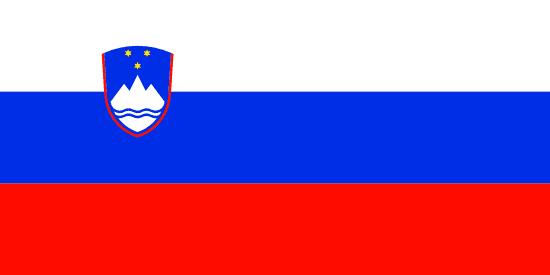"Kjer narava sestane z zgodovino | Where nature meets history"
About:
Divaca, Slovenia, established in the Roman era, is a town rich in history. It grew in the Middle Ages under Venetian rule, becoming a significant trade hub. The town was heavily impacted by both World Wars, particularly WWII, when it was occupied by Italy. Post-war, Divaca became part of Yugoslavia, then independent Slovenia in 1991. Today, it's known for its natural and cultural heritage, including the Škocjan Caves, a UNESCO World Heritage Site.
When to visit:
Divaca, a charming town located in Slovenia, is best visited during the summer months from June to August. During this time, the weather is warm and pleasant, perfect for exploring the town's natural beauty and outdoor attractions. The famous Škocjan Caves, a UNESCO World Heritage Site, are a must-see attraction in Divaca and are best enjoyed during the summer when the weather is ideal for exploring the underground wonders. Additionally, summer is a popular time for festivals and events in Divaca, providing visitors with a unique cultural experience during their holiday.
When to avoid:
The worst time to travel to Divaca, Slovenia on a holiday is during the peak of winter, typically from December to February. During this time, the region experiences cold temperatures, occasional snowfall, and reduced daylight hours, making outdoor activities less enjoyable. Additionally, some attractions and services may have limited operating hours or be closed altogether during the winter season. Travelers seeking to explore the natural beauty of Divaca's caves and countryside may find the winter weather to be a deterrent to fully experiencing the destination.
Winter Season (Dec-Feb)
In Divaca, Slovenia, the coldest and wettest period is from November to March. Temperatures hover around 0-5°C with a high chance of snowfall, especially in January. Rainfall is highest in November, averaging 170mm. Sunlight is limited, with only 2-3 hours of sunshine per day. The sky is often overcast, adding to the chilly ambiance. An average day for a visitor might involve bundling up to explore the snow-dusted landscapes, returning to a cozy local café when the cold becomes too biting.
Summer (June - August)
In Divaca, Slovenia, the warmest part of the year is from June to August, the summer season. During this time, the average high temperatures range from 25°C to 30°C (77°F to 86°F). Rainfall is relatively low, averaging about 60mm to 80mm per month, making the summer the driest season.
The days are long and sunny, with an average of 9 to 10 hours of sunlight per day. Humidity is moderate, typically around 60-70%, providing a comfortable atmosphere. Cloudiness is also relatively low during this time, contributing to the clear, sunny days.
For a visitor, a typical summer day in Divaca would feel pleasantly warm, ideal for outdoor activities. The mornings usually start cool and crisp, warming up as the day progresses. The afternoons might feel a bit hot, especially in direct sunlight, but generally, the weather is comfortable. The evenings often cool down, making for pleasant nights. The low rainfall and cloudiness mean there are plenty of opportunities to enjoy clear skies and sunshine.
Language:
Divaca is a town in Slovenia where the official language is Slovene. This South Slavic language is the first language of about 2.1 million people in Slovenia. Additionally, due to its proximity to Italy and Hungary, it's not uncommon to find speakers of Italian and Hungarian. English is also widely taught in schools, so many younger people may have some proficiency in it.




